Perth’s rental market fared reasonably well during the COVID-19 pandemic and continues to be the glue holding our property market together.
With rents predicted to increase due to tight rental stock, there are some Perth suburbs offering a great deal on both ends of the consumer spectrum – investors and tenants.
It seems that the affluent riverside, inner-city and western suburbs have seen the biggest increases in rents, which is good news for your investment property.
However, if you’re a renter there are some very affordable places to rent in suburbs you might not have previously thought you could afford.
One thing to keep in mind is that rent increases can’t occur on properties that currently have a tenant in them until after the Residential Tenancies (COVID-19 Response) Act 2020 ends on the 30 September 2020.
The increase in rents shown in this article can be attributed to new rental listings.
Suburbs with the biggest rent increases
| SUBURB | MEDIAN WEEKLY RENT PRICE | ANNUAL MEDIAN RENT PRICE GROWTH |
|---|---|---|
| 1. Mount Claremont | $800 | 23% |
| 2. Trigg | $650 | 18% |
| 3. Dalkeith | $925 | 16% |
| 4. East Fremantle | $600 | 16% |
| 5. Osborne Park | $355 | 15% |
| 6. Bicton | $500 | 14% |
| 7. Booragoon | $470 | 13% |
| 8. Alfred Cove | $498 | 13% |
| 9. Madora Bay | $395 | 13% |
| 10. Joondanna | $450 | 13% |
| Greater Perth | $370 | 3% |
Even though Perth rents remain steady at $350 a week, some suburbs saw significant growth to weekly rent in the 12 months to May 2020.
Mount Claremont saw the biggest spike in rent, increasing $150 to $800 per week in the year to May 2020 – that's a growth of 23 per cent.
Second on the list is the gem of the north coast, Trigg. Rent prices increased $100 in the year May 2020, which is an 18 per cent growth. The current weekly median rent price in Trigg is $650.
The western suburb of Dalkeith came third place, increasing 16 per cent ($130) to $925 per week.
The result of these double-digit increases can be directly related to the lack of available rental stock.
So, it’s good news if you have a rental property in those suburbs. It’s also a great opportunity for those who cannot afford to buy in these more desirable suburbs, to opt for renting.
Suburbs with the biggest rent declines
| SUBURB | MEDIAN WEEKLY RENT PRICE | ANNUAL MEDIAN RENT PRICE GROWTH |
|---|---|---|
| 1. City Beach | $750 | -12% |
| 2. Ardross | $500 | -9% |
| 3. Dudley Park | $310 | -9% |
| 4. White Gum Valley | $475 | -9% |
| 5. Kalamunda | $358 | -8% |
| 6. Hillarys | $500 | -8% |
| 7. Carine | $460 | -8% |
| 8. West Leederville | $580 | -7% |
| 9. Murdoch | $400 | -7% |
| 10. Leeming | $420 | -7% |
| Greater Perth | $370 | 3% |
While some affluent suburbs seemed to outshine with significant rent rises, there were still some suburbs within the same locales that experienced falls.
City Beach experienced the biggest fall in rents in the year to May 2020 with the weekly median rent dropping $100 to $750 – a 12 per cent decline.
A reduced demand for rental properties in the area is a likely contribution to rent prices decreasing. Of course, there may also be a shift in the types of properties leased especially in higher value areas where variations between properties can be higher (eg. if there were a lot of premium properties leased last year and more standard properties leased this year, that would push the median rent value lower).
Next was Ardross and Dudley Park, which both fell nine per cent in weekly median rent in the year to May 2020.
With 3,963 rental listings currently on reiwa.com, it’s encouraging to see the rental market is moving and competition is high. If you’re an investor, it’s a good time to purchase a rental property while property prices are low and demand for rentals are high - you’re guaranteed to snatch up a tenant fast.
For tenants, renting in some of these desirable suburbs might make more sense for you if you cannot currently afford to buy.
Looking to rent? See what’s for rent in Perth on reiwa.com.
.tmb-imgwidgetm.jpg?sfvrsn=101a6bf0_1)
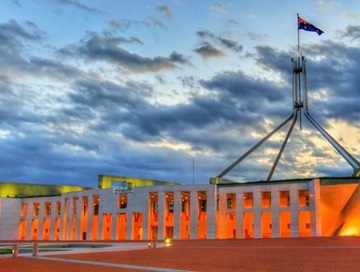

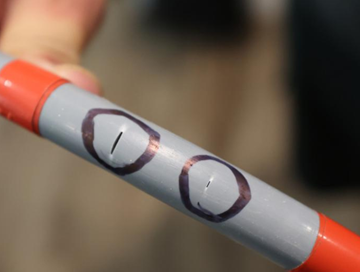
.tmb-rcarousel.jpg?sfvrsn=24ed8b20_1)
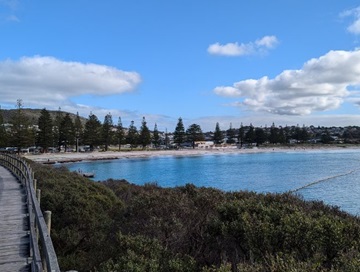
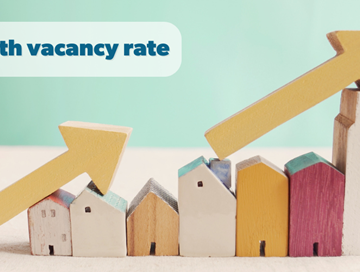
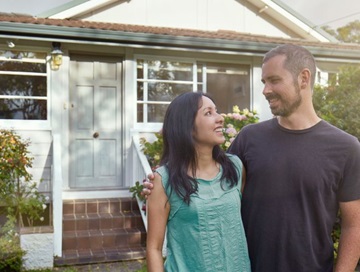

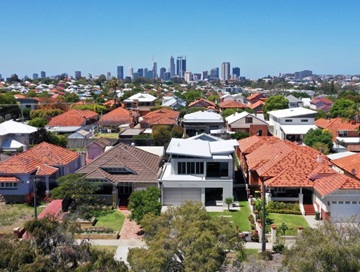
.tmb-rcarousel.jpg?sfvrsn=94ec25f9_1)